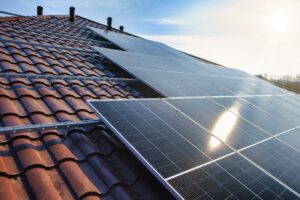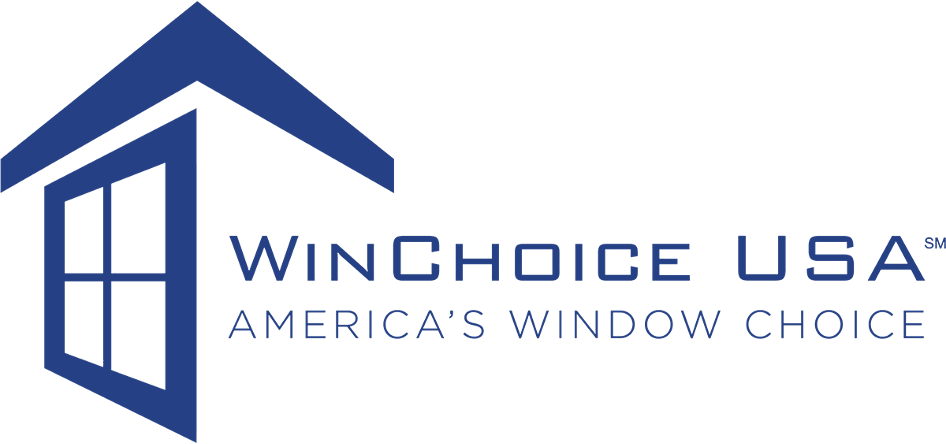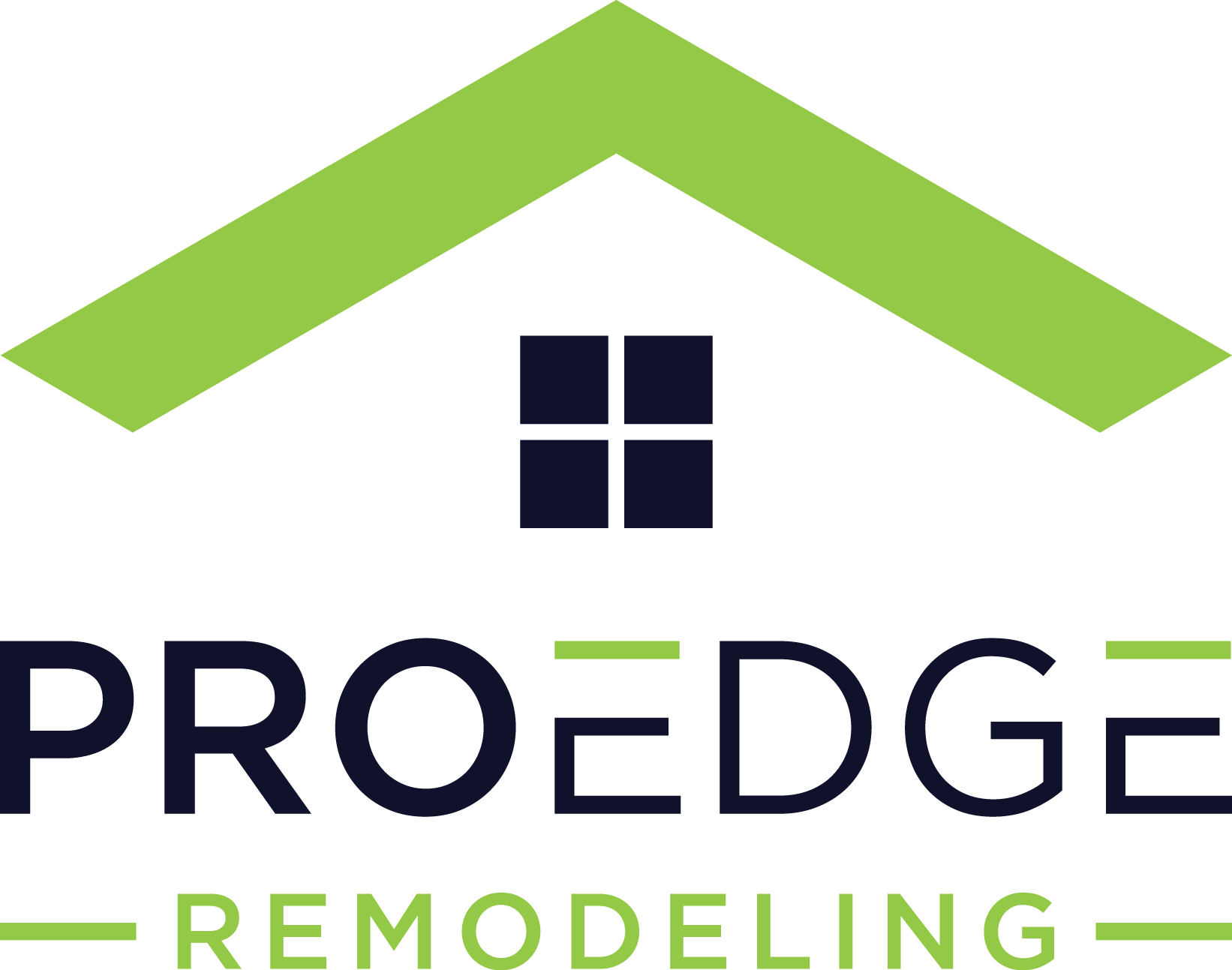What’s the Cost to Go Solar?

*Updated September 15th, 2025
Thinking about go solar? More and more homeowners are looking into residential solar panels as a way to cut down on bills and lower their carbon footprint. But before making the switch, one of the first questions that comes up is: how much do solar panels cost in real life?
The answer isn’t a single flat number. Just like any major home improvement project, solar panel cost varies based on several factors. Things like system size, the type of solar panel system you choose, your location, and local solar incentive programs can all impact the total cost.
It’s true that solar energy can significantly reduce your electric bills over time, but the savings don’t happen overnight. You’ll need to consider the upfront cost of the equipment, solar panel installation (labor), and any maintenance later on. While solar power isn’t “free electricity,” it can be a smart solar investment—especially if you understand what you’re paying for and how to pay for solar efficiently.
In this guide, we’ll break down solar panel cost in 2025, from purchase to install, plus financing and incentives. You’ll be able to decide if home solar is worth it for your situation.
Understanding Solar Panel Cost & Installation Cost
According to Consumer Affairs, the average homeowner pays $11,900 after incentives for solar panel installation—roughly $2.96 per watt in average cost terms. The cost of solar panels has trended down over the last five years, while incentives have helped keep overall cost manageable.
Remember: the cost of installing solar panels depends on many factors, including system size, roof complexity, equipment quality, and local labor rates. When you compare quotes, ask each solar installer for an itemized cost breakdown (equipment, labor, permitting, and add-ons like monitoring or batteries). That’s how you’ll understand the true solar panel installation cost.
If you want to see whether it makes sense to install solar panels, try a reputable calculator to estimate savings and the total cost of your solar panel project based on your roof, usage, and solar panel system type.
What affects installation cost most?
-
Solar equipment quality (modules, inverters, racking)
-
Roof pitch, material, and condition (which affects solar panel installation costs)
-
Local labor rates and permitting timelines
-
Your system size and chosen type of solar (e.g., monocrystalline solar panels)
-
Extras like critter guards, monitoring, or batteries
Are Bigger Solar Systems More Expensive? (System Size & Average Cost)
Short answer: yes—but with context. A larger system has more panels, racking, and wiring, so your system cost rises. However, average cost per watt can stay similar even as total price climbs.
What matters most is how much electricity you need to cover. A small, efficient home may use a 4–6 kW home solar system, while a larger household (EVs, pools, big HVAC, etc.) might need an 8–12 kW solar power system. Bigger systems cost more upfront but can deliver bigger solar savings over time. In some regions, net metering or credits for electricity generated by the panels help offset night or winter usage.
Pro tip: Designing for your actual amount of solar power needed can mean fewer solar panels than you think if the efficiency of solar panels you choose is higher.
What Affects the True Cost of Solar Panels?
Several core drivers shape the cost of a solar project:
-
Panel & inverter quality – Higher-efficiency solar panels and bankable brands cost more but often produce more energy over time.
-
Cost of labor – Some solar companies separate labor from equipment. Get a full cost breakdown for apples-to-apples comparisons.
-
Roof factors – Steep or complex roofs may increase installation cost. Orientation matters, too: optimal south/west roof planes reduce how much solar panels cost per kWh produced over the system’s life.
-
Incentives – Local rebates and solar renewable energy credits (SRECs) can lower solar system costs and speed up payback.
Federal & State Incentives that Lower Solar Panel Cost
Federal Solar Tax Credit (a.k.a. Solar Investment Tax Credit)
The federal solar tax credit (the current solar investment tax credit) allows you to claim a percentage of your solar panel installation cost for qualifying residential solar systems. This directly reduces your tax liability and lowers the upfront costs of installing solar.
State & Local Incentives
States and utilities may offer additional rebates or performance-based incentives. Check your state program database and ask a local solar installer—they’ll know which solar incentive options apply to installing residential solar panels in your area.
Do Solar Panels Save Money? Are Solar Panels Worth It?
Most homeowners do save, but the amount varies. Key drivers include:
-
Your electric rate today (and where it’s headed)
-
The size of your solar energy system and system size match to usage
-
Sun exposure and shading (how much solar photovoltaic potential your roof has)
-
Your installation cost and available incentives
Locking in utility rates: Grid prices historically rise. By install solar now, you’re effectively fixing part of your energy costs for 20–25 years (many solar panels last that long), making solar panels worth serious consideration for long-term planners.
Net Metering & Credits
If available, net metering credits you for daytime production when you send electricity generated by the panels back to the grid—offsetting nighttime usage. Where net metering is limited, some regions offer alternative export credits or SRECs, which can still make solar panels are worth the look.
How Long Before You See Savings?
Typical payback is often cited at 6–10 years depending on solar installation cost, energy rates, and incentives. You’ll break even faster if you have high rates, strong sun exposure, and rich local programs. If homes with solar panels appraise higher in your area, resale value may further improve your effective ROI.
Financing Options for Solar Panels (Pay for Solar the Smart Way)
You’ve got choices when it’s time to pay for solar:
-
Cash – Lowest lifetime overall cost; you capture all incentives directly.
-
Solar loan – Spread the upfront cost over time while keeping system ownership (and incentives).
-
Lease/PPA – Lower barrier to entry; you don’t own the system, but can still go solar with predictable payments.
Ask your installer to show lifetime cost and savings projections for each option, including your total solar outlay and any federal solar investment tax credit benefits.
What’s a Typical Solar Panel Cost in 2025? (Average Cost & Cost per Watt)
While markets vary, many quotes still center around an average cost per watt in the high-$2s to low-$3s for residential solar (before storage). For a 6–8 kW residential solar system, that means the price of solar panels and installation can cost around the low- to mid-five figures before incentives. Your roof, equipment picks, and local labor will ultimately determine the total cost.
Key variables that change costs:
-
KW solar panel system size (more kW = higher system cost)
-
Local permitting/inspection fees (cost of installing)
-
Equipment mix (types of solar panels, inverters, monitoring)
-
Whether panels are installed on multiple roof planes or ground mounts
Commercial Solar vs. Residential Solar
Commercial solar economics can look quite different (scale, incentives, depreciation). For homeowners, focus on understanding solar panel costs specific to a home solar project and your utility rules.
Quick Answers to Common Cost Questions
-
Is it cheaper to use a solar loan or cash?
Paying cash has the lowest lifetime solar cost, but a solar loan can still deliver strong savings if rates are favorable and incentives are applied correctly. -
Do I need the “best solar” panels?
Premium modules can reduce how many panels on your roof you need, but they cost more. Balance efficiency, warranty, and price. -
How long do panels last?
Most solar panels are designed for 25+ years, with production warranties that outline performance over time. -
Will I always need batteries?
Not necessarily. Batteries are great for backup and rate-arbitrage but are optional. Add them later if your solar energy system design allows.
Final Thoughts: Making Solar Cost-Effective for Your Home
Solar panel cost isn’t one number—it’s a combination of installation cost, equipment quality, system size, and incentives. The key to a solid solar investment is getting multiple quotes from reputable solar companies, comparing solar panel system designs and system cost line by line, and maximizing the solar incentive stack (like the federal solar tax credit).
It’s also a great idea to talk with a local, certified solar installer who knows your market and can tailor a home solar quote to your roof and usage. With a little homework, you’ll understand the average cost of solar, what drives solar panel cost in 2025, and whether cost of going solar fits your goals—now and over the next 25 years.
Additional Solar Resources

Anna has over six years of experience in the home services and journalism industries and serves as the Content Manager at MyHomePros.com, specializing in making complex home improvement topics like HVAC, roofing, and plumbing accessible to all. With a bachelor’s degree in journalism from Auburn University, she excels in crafting localized, comprehensive guides that cater to homeowners’ unique needs. Living on both coasts of the United States has equipped her with a distinctive perspective, fueling her passion for turning any house into a cherished home through informed, personalized decision-making.
Connect with top-rated local contractors who can help you with siding, roofing, HVAC, windows, and more. Get free quotes from verified professionals in your area today.








